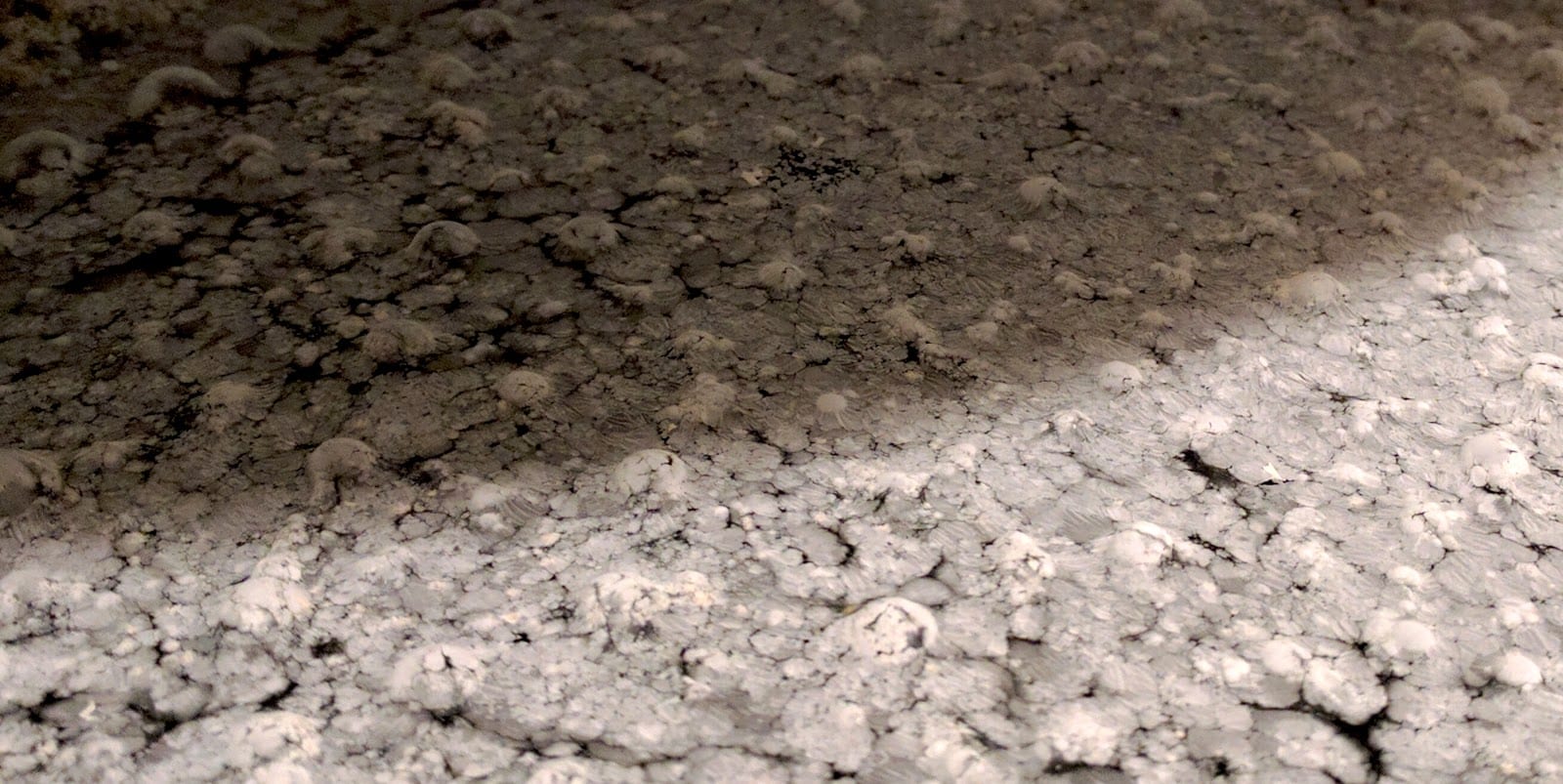
Welcome back beer fans to the second to last article on the Science of Beer. We've covered water, grain, hops, and traditional fermentation, but now we'll focus on wild fermentation, a process as old as beer itself. A process in which wort is fermented using microbes found in the surrounding environment. These often include our old friend Saccharomyces, and what I like to call the three funketeers, Brettanomyces, Lactobacillus, and Pediococcus. There are many other microbes capable of fermentation but Saccharomyces and the three funketeers produce the most consistently delectable libations. The history of sour beer is an interesting story by itself, but before diving in, it is important to understand the basics of fermentation.
Just like brewer's yeast, Brettanomyces is capable of traditional fermentation, where sugar is converted to alcohol, phenols, and esters; however, it is a considerably slower process and it produces flavors that are strongly dependent upon the chemicals and compounds found in the wort. Despite being another type of yeast, Brettanomyces is known for adding funky flavors to beer ranging from fruity pineapple to barnyard hay, and even strong smoke. On the other hand, Lactobacillus and Pediococcus (bacteria) utilize sugars found in wort to produce lactic acid instead of alcohol. Lactic acid is the sour flavor found in styles such as Berliner Weisse, Gose, Flander's Red Ale, and Lambics. However, these funketeers rarely produce desirable beer upon first use.

Throughout beer history, unintended contaminations have plagued brewers – causing their beer to sour and produce off-flavors. These off-flavors can result from a plethora of sources including improper fermentation temperature, excess minerals in the brewing water, improper ventilation during boiling, yeast stress, excessively crushed grain, unsuitable mash temperature, and contamination by unwanted microbes. These undesirables include flavors and aromas of rotting garbage, cat urine, skunk, rotten eggs, wax, goat cheese, nail polish, band-aid, and my personal favorite, baby vomit.
Over time, many brewers domesticated the three funketeers and selected for house strains, or mixes of strains, that consistently produced desirable beer. Eventually, scientific discoveries such as pasteurization (1117AD) and the ability to isolate specific yeasts for use in bread and beer making (1780) lessened the risk of infection by unwanted microbes as brewers were able to properly sanitize their equipment and pitch specific strains of yeast to produce only desired flavors. This led to a marked decrease in sour beer production and styles such as Lambics, Geuze, and Kveik all but disappeared from the common vernacular; with a noted exception being those lucky enough to live in the region where the style originated or the most determined of beer connoisseurs.

Fast forward to 2007, the American craft beer scene is seeing a massive resurgence with the rise of new beer styles utilizing more unique hops, grains, brewing techniques, and adjuncts. This trend has continued ever since. We have seen a marked rise in popularity of sour beers including the re-introduction of those “lost†sour styles. Advances in scientific techniques such as sterile culturing of microbes and precise temperature control allows brewers to use domesticated strains, leaving the gnarly off-flavors in the past. In fact, two of the funketeers, Lactobacillus and Pediococcus, have begun to be used in the health industry in the form of probiotics.
With the American craft beer scene becoming more and more saturated, brewers have turned not only to re-introducing old styles such as “Farmhouse†beers, but putting new twists on these traditional styles creating entirely new styles like the Florida Weisse. Many of our local breweries around Athens have been at the forefront of this resurgence of sour beers. Creature Comforts has Athena (Berliner Weiss) and the many variations of Athena Paradiso (Florida Weisse), Terrapin has their Watermelon Gose, and Southern Brewing has their Southern Woodpile series and the ever popular Red and Black (Florida Weiss). Tart, refreshing, and often effervescent, sour beers are the perfect beer for the summertime. So get out there and try something exciting, new, and old all at once and appreciate the modern miracle in your glass.
About the Author

Mason McNair is studying speciation, hybridization, and evolution of pitcher plants in the Leebens-Mack lab. He enjoys teaching, most nerdy thing (video games, anime, board games), and brewing beer and cider. More from Mason McNair.
About the Author
-
athenssciencecafehttps://athensscienceobserver.com/author/athenssciencecafe/April 17, 2020
-
athenssciencecafehttps://athensscienceobserver.com/author/athenssciencecafe/April 12, 2020
-
athenssciencecafehttps://athensscienceobserver.com/author/athenssciencecafe/April 3, 2020
-
athenssciencecafehttps://athensscienceobserver.com/author/athenssciencecafe/March 30, 2020







